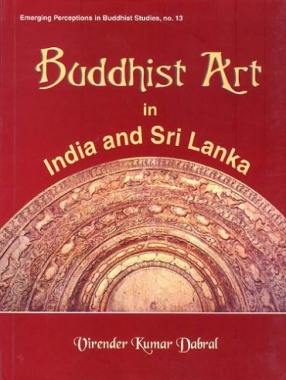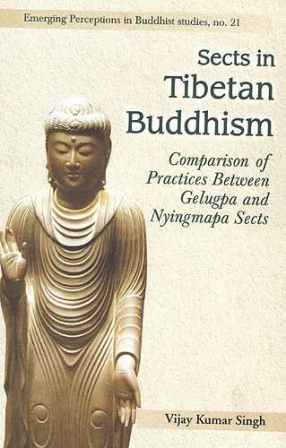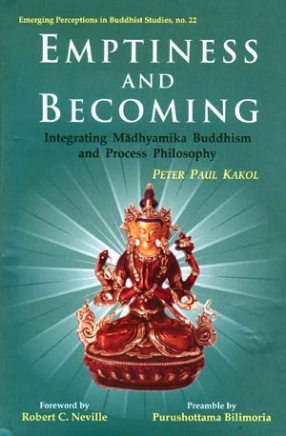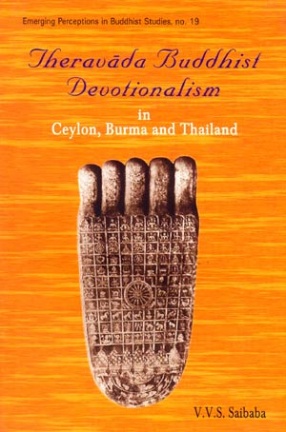
Emerging Perceptions in Buddhist Studies

Showing all 6 books

This book is a comprehensive study of the evolution and development of Buddhist visual art in India and Sri Lanka, taking into consideration their diverse forms and the impact of diverse forms and the impact of regional trends on them. Consulting a number of original sources including scholarly works in the Sinhala language, Dr. Dabral highlights the salient features of ancient Buddhist art in the two countries with special attention to architecture, sculpture, ...

For over two millennia, language has been one of the prime concerns in nearly all philosophical systems of India: Grammar, Mimamsa, Nyaya, Vaisesika, Jaina and Bauddha which, in turn, not only have shaped the Indian perception of vak, but also constitute the essential back ground to study the major concerns of language that have been taken up in the subsequent phases of philosophical linguistic developments. Rajnish Mishra's book offer a fresh, indepth exposition ...

The teachings of Buddha are timeless and priceless. The eightfold path as preached by Buddha is still relevant and concurrent with non-violence and compassion in its central point and can answer most of the problems that the materialistic world is facing due to ignorance as its root cause.
The Tibetan books were well preserved by the Lamas in their monasteries throughout centuries and in live conditions. India, once the source of religion for Tibet, lost its ...

The book presents a detailed comparison of process philosophy and Madhyamika Buddhism, analyzing the similarities and differences between the two. It attempts a creative integration between the two and introduces a new philosophy, Process Buddhism. Process thought underscores the view that reality is a cumulative process of perspectival and experiential events. Peter Kakol's work, in a remarkable foray into this area of philosophy, shows that the Madhyamika ...

This is an analytical study of faith (saddha), devotion (bhatti) and worship (puja) in the Theravada school fo Buddhism. It elucidates these concepts and deals with their objects, viz., gods in general, and Buddha in particular, as described in the Pali canonical, post-canonical and commentarial literature. The first chapter of this book examines the conception of the Deities and “the supernatural; the attribution, knowledge, powers and ...

The monograph consists of two parts, of which the first examines the Buddhist devotional practices, from the historical and canonical perspectives of the evolution of the worship of caitya, stupa, relics, symbols and images. It provides a multi-dimensional account of caitya, stupa, relics, symbol and image worship in Theravada Buddhist tradition, in the Sinhalese Vamsa literature and as depicted in the records of the prominent Chinese travelers to India. It ...
